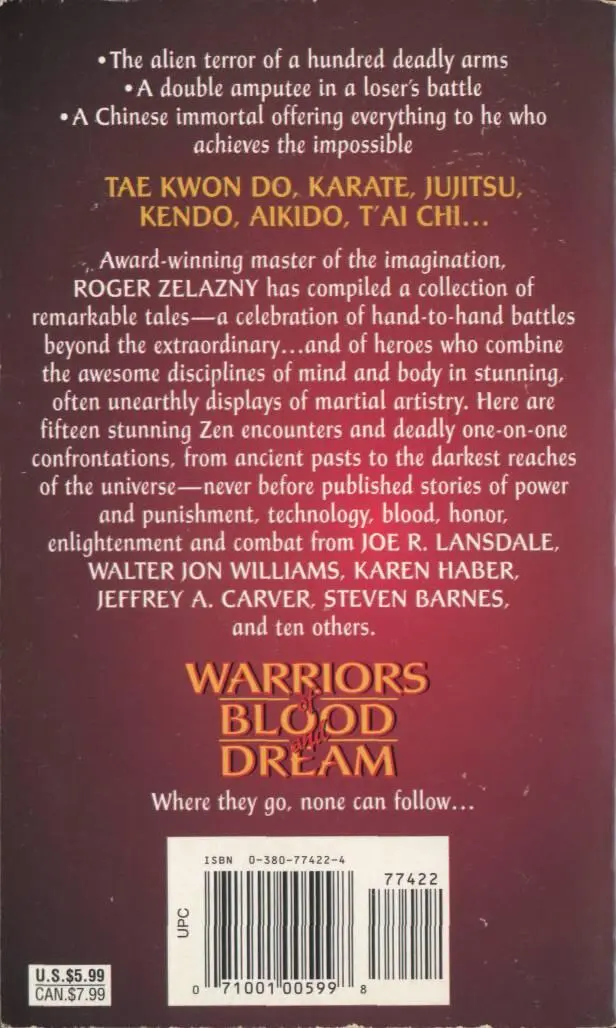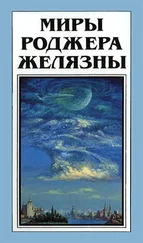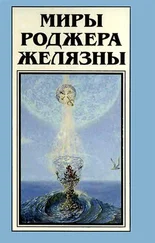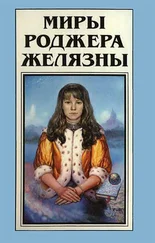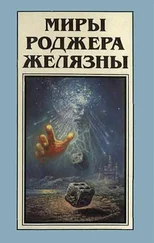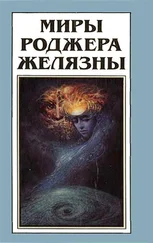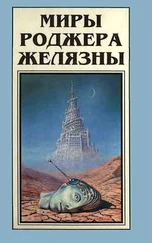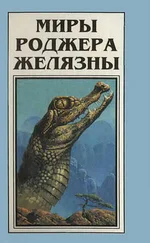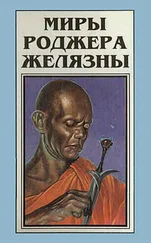Everyone else in this book has written an afterpiece to his or her contribution. None here, though, as I asked calligraphy sensei Kazuaki Tanahashi to write something to serve as the afterpiece to the entire book.
A Small Circle
Kazuaki Tanahashi
What if a super warrior had a clumsy student? After all it was a time when everyone was confused, humiliated and poor. Japan had just surrendered and been occupied by the Allied Forces. All the martial arts had been prohibited. This old man was growing rice and yams in a country village and was teaching his underground class in a small dojo surrounded by young pine trees. He had about five kids at the nightly training. That was the time when I studied with Morihei Uyeshiba, the founder of Aikido.
A thirteen-year-old boy who loved the dense smell of Western philosophy, I was not at all physical; every movement I made was destined to be chaotic. While my fellow students were beautifully thrown down by the master, I would cling to his arm so he had to shake me off. After one of us rolled on the wooden floor, Morihei would kneel and keep him down with a little finger making no effort whatsoever. I had no idea how this short man with a white beard could do such a miraculous thing, and there was no clue for me to get the secret of the art.
Several years later martial arts became legalized as Japan regained independence. My fellow students started teaching the art in schools and community centers, and eventually all over the world. The number of practitioners increased to thousands, millions. Meanwhile I became a painter, after studying with the master for one year. I was a complete dropout from the warrior's path. I moved to the United States in 1977.
The scale of my brush has increased over the last thirty years. Its shaft was as thick as a finger, then a thumb, an arm, and finally a human body. The movement of the brush became ever more sparse and decisive, to the point where I would create a large painting with a single stroke. Decades after the death of the master, often without my knowledge, I was still in the process of learning from him. Through art, I gradually experienced what he was demonstrating in his subtle movement—intensity, effortlessness, and the spirit of accepting all the energy coming against him and turning it in a positive direction.
In the early 1990s I was mainly using black paint on white canvas. But when asked to participate in an exhibition at the Zen Hospice, a residential program in San Francisco for patients with AIDS, I thought a black-and-white painting would not be appropriate, as it might not be pleasing or healing for the residents. So I decided to use color. A multicolor Zen circle on a canvas scroll was the idea I settled on.
In June 1993, I stretched a canvas, about five and half feet wide and seven feet tall, over a wooden panel which was set up on the floor of my basement studio in Berkeley. After priming the canvas with gesso, I put together strips of felt with raffia straws, enough to draw a line over one foot wide, and bundled them up around a wooden shaft. I poured generous amounts of acrylic paint here and there on the canvas. Overlapping spots of paint altogether formed a circle, which touched the sides of the canvas. The top of the circle was red, yellow and golden, and the bottom had darker colors.
I wet the "brush" with light parchment-colored paint, stood on the canvas, and traced over the circle with the brush almost in one breath. The paints washed together, forming a complex mixture of all colors, yet retaining an uninterrupted flow of the brush movement. I thought it was a magnificent representation of a world with joy and hope.
While I cleaned up and went away for a cup of tea, the paint on the canvas was still moving slowly, creating marblelike patterns. The very dark blue puddle in the bottom found a path into the center of the circle and started running toward the upper right. I could have stopped the traveling of paint by vacuuming or blotting it, but I just watched it. It seemed that the circle was sending a message. After several hours, the circle stopped changing, having become a sort of Q shape. The painting was no longer pleasing or healing, but disturbing and alarming.
I thought of giving the painting a dark and ominous name. But finally, I decided to name it "A Small Circle" in honor of the very tiny class my master taught in the village. It also meant that I was hoping to create a larger circle.
